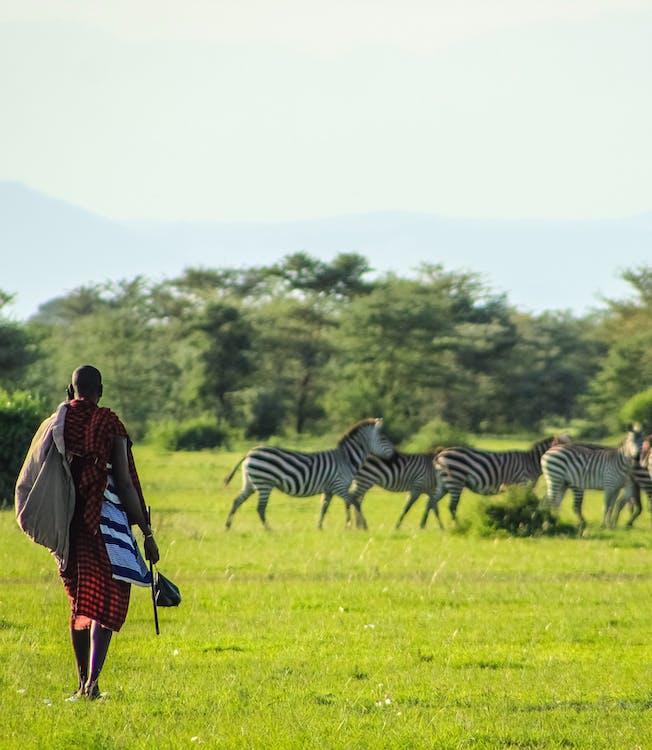
Submitted by Michela Leonardi on Wed, 18/05/2022 - 19:08
Cecilia and Andrea published a new paper in PNAS combining ethnographic, archaeological, genetic, and paleoclimatic data to model the dynamics of Central African hunter-gatherer populations over the past 120,000 years.
Padilla-Iglesias et al. (2022) Population interconnectivity over the past 120,000 years explains distribution and diversity of Central African hunter-gatherers PNAS 119 (21) e2113936119
Significance
We combined ethnographic, archaeological, genetic, and paleoclimatic data to model the dynamics of Central African hunter-gatherer populations over the past 120,000 years. We show, against common assumptions, that their distribution and density are explained by changing environments rather than by a displacement following recent farming expansions, and that they have maintained large population sizes and genetic diversity, despite fluctuations in niche availability. Our results provide insights into the evolution of genetic and cultural diversity in Homo sapiens.
Abstract
The evolutionary history of African hunter-gatherers holds key insights into modern human diversity. Here, we combine ethnographic and genetic data on Central African hunter-gatherers (CAHG) to show that their current distribution and density are explained by ecology rather than by a displacement to marginal habitats due to recent farming expansions, as commonly assumed. We also estimate the range of hunter-gatherer presence across Central Africa over the past 120,000 years using paleoclimatic reconstructions, which were statistically validated by our newly compiled dataset of dated archaeological sites. Finally, we show that genomic estimates of divergence times between CAHG groups match our ecological estimates of periods favoring population splits, and that recoveries of connectivity would have facilitated subsequent gene flow. Our results reveal that CAHG stem from a deep history of partially connected populations. This form of sociality allowed the coexistence of relatively large effective population sizes and local differentiation, with important implications for the evolution of genetic and cultural diversity in Homo sapiens.
